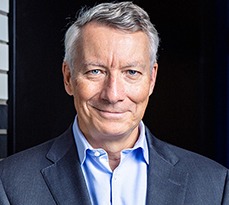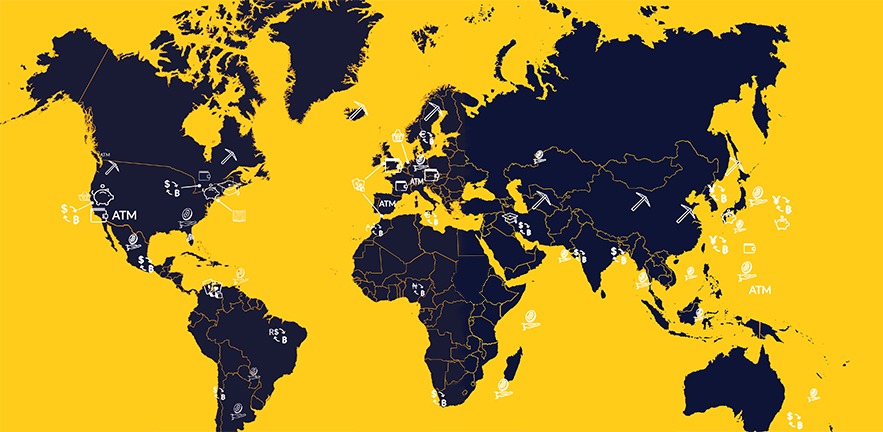Report from Cambridge Centre for Alternative Finance highlights greater regulatory compliance by cryptoasset service providers.
The Cambridge Centre for Alternative Finance (CCAF) at the Cambridge Judge Business School today published the third edition of its Global Cryptoasset Benchmarking Studywhich highlights the industry’s efforts to address regulatory concerns over anti-money laundering (AML) and combating the financing of terrorism (CFT), but cautions that efforts to address issues such as a lack of insurance or auditing have the potential to hinder growth within the industry.
The study, which draws on data collected from more than 280 cryptoasset entities in 50+ countries, underlines that a greater share of cryptoasset service providers abide by AML/CFT obligations, a potential consequence of regulatory authorities’ efforts to harmonise their approaches to cryptoassets, such as initiated by the Financial Action Task Force (FATF). The year of 2019 saw a rise in the number of firms with an exclusive focus on cryptoassets that comply with AML/CFT regulations compared to 2018 (+67 per cent). This results both from enhanced compliance, but also an overall reduction in the number of firms exclusively supporting cryptoassets. About 30 per cent of firms that only offered cryptoassets in 2018 now support fiat currencies.
Despite these regulatory steps forward, the study identifies that disparities exist between geographies and that other pressing challenges need attention. Most notably, a thin majority of service providers (54 per cent) report being insured. Although some service providers have claimed being self-insured by allocating funds to cover specific insurable events, comprehensive insurance plans have yet to be developed for cryptoasset markets.
The new study, which has been supported by Invesco, also finds that although financial engineering in the mining industry has received significant press, only a minority of miners are experimenting with sophisticated financial products. Geographic distribution reveals that North American mining actors are twice as likely to use hashrate derivatives to hedge their risks than APAC actors. Factors, such as availability of these financial products, regulatory clarity, and financial literacy, may explain these regional discrepancies.
Other key findings of the report include:
- The growth in FTE (full time equivalent) employment that followed the 2017 market frenzy has slowed considerably, with respondents across all market segments reporting a year-on-year growth of 21 per cent in 2019, down from 57 per cent in 2018. However, not all firms are equal; individual firm employment data shows that a notable proportion of companies (26 per cent) have sustained an annualised growth in employment level above 10 per cent over a three-year period.
- On average 39 per cent of proof-of-work mining is powered by renewable energy, primarily hydroelectric energy. Globally, electricity price paid by hashers averages USD 0.046/kWh.
- Service providers operationally headquartered in North America and Europe indicate that business and institutional clients make up 30 per cent of their customers. This figure is lower for APAC and Latin American firms at 16 per cent and 10 per cent respectively.
- 54 per cent of surveyed custodial service providers indicated that they performed an independent audit of their cryptoasset reserves over the past 12 months; this is a 24 percentage points decline compared to the 2018 study sample. Firms that have undergone an independent audit are most likely to be operating out of Europe or APAC.

- Aligned with 2018 findings, new survey data shows that off-chain transactions, both in terms of volumes and numbers, continue to be dominated by fiat-cryptoasset trades (and vice-versa), meaning that users primarily interact with service providers, such as exchanges, to enter and leave the cryptoasset market.
“There are several crucial issues – ranging from regulatory compliance, security audit and insurance – that are still rampant and need to be addressed for the industry to fully scale,” states Dr Robert Wardrop, Director and Co-founder of the CCAF. “Our hope is that the insights captured within this study will offer foresight into the evolution of the industry and inform decision-making as the space matures.”

“Our own journey in token economics provided us with experience with third party providers of token creation, digital token exchanges, token custodianship, and navigating the complex legal and regulatory requirements for such an endeavour,” says Dave Dowsett, Global Head of Technology Strategy, Emerging Technology, and Intentional Innovation at Invesco. “Further regulatory clarity and compliance is going to be needed as the industry moves to its next stage of growth.”
“The industry is progressively finding its feet and it’s fascinating to see this unfolding in the data the CCAF has been collecting since 2016,” explains Apolline Blandin, Lead in Cryptocurrency and Blockchain at the CCAF. “Developments in regulators’ collaborative dialogue and regulatory interventions in the industry have undoubtedly had immediate effects – as witnessed by increased levels of surveyed service providers performing KYC & AML checks on customers.”


